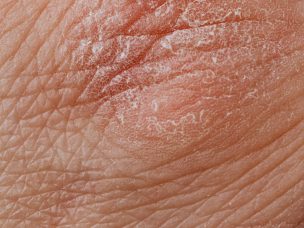Level of oral health literacy (OHL) is associated with signs of ADHD, family income, maternal schooling, and family cohesion and adaptability.
The association between oral health literacy (OHL), relationships, and family factors in adolescents with attention-deficit hyperactivity disorder (ADHD) are relatively unclear. Studies suggest that hyperactivity and inattention in ADHD may lead to impairment of the ability to read and understand texts. This cross-sectional study, published in the International Dental Journal, investigated whether signs of ADHD and the family environment are related to OHL in adolescents. The authors hypothesized that lower family cohesion, higher family adaptability, and signs of ADHD are related to lower OHL in adolescents.
This study comprised a sample size of 448 adolescents aged 12 years who enrolled at educational institutions in Cajazeiras, Brazil. The study’s results revealed that higher family adaptability, sociodemographic factors, greater signs of ADHD, and lower family cohesion are related lower OHL in adolescents 12 years old. Adolescents with lower scores of family adaptability represented greater OHL. These adolescents may belong to structured and more rigid families. In such families, parental control on the child’s education gives rise to healthy behaviors and incites greater interest in issues related to health. Adolescents from disengaged and separated families are likely to remain unaware of oral health due to decreased family communication. This leads to lower OHL. High family cohesion is associated with greater OHL in adolescents.
This study also elaborated on the association between the signs of ADHD and OHL. The authors observed that adolescents with greater signs of ADHD have lower OHL. The findings also suggested that greater maternal schooling and family income were associated with greater OHL. In summary, OHL in adolescents is attributed to signs of ADHD, family income, maternal schooling, and family cohesion and adaptability.
The present study’s findings are significant and can lead to the development of public policies to increase teenagers’ OHL. The statistics also indicate that while designing educational activities, it is important to consider characteristics such as ADHD and family relationships.
Reference
de Moura, M. F. L., Firmino, R. T., Neves É, T. B., Costa, E., Paiva, S. M., Ferreira, F. M., & Granville-Garcia, A. F. (2022). Attention-deficit Disorder, Family Factors, and Oral Health Literacy. Int Dent J, 72(4), 565-571. doi:10.1016/j.identj.2021.09.005










